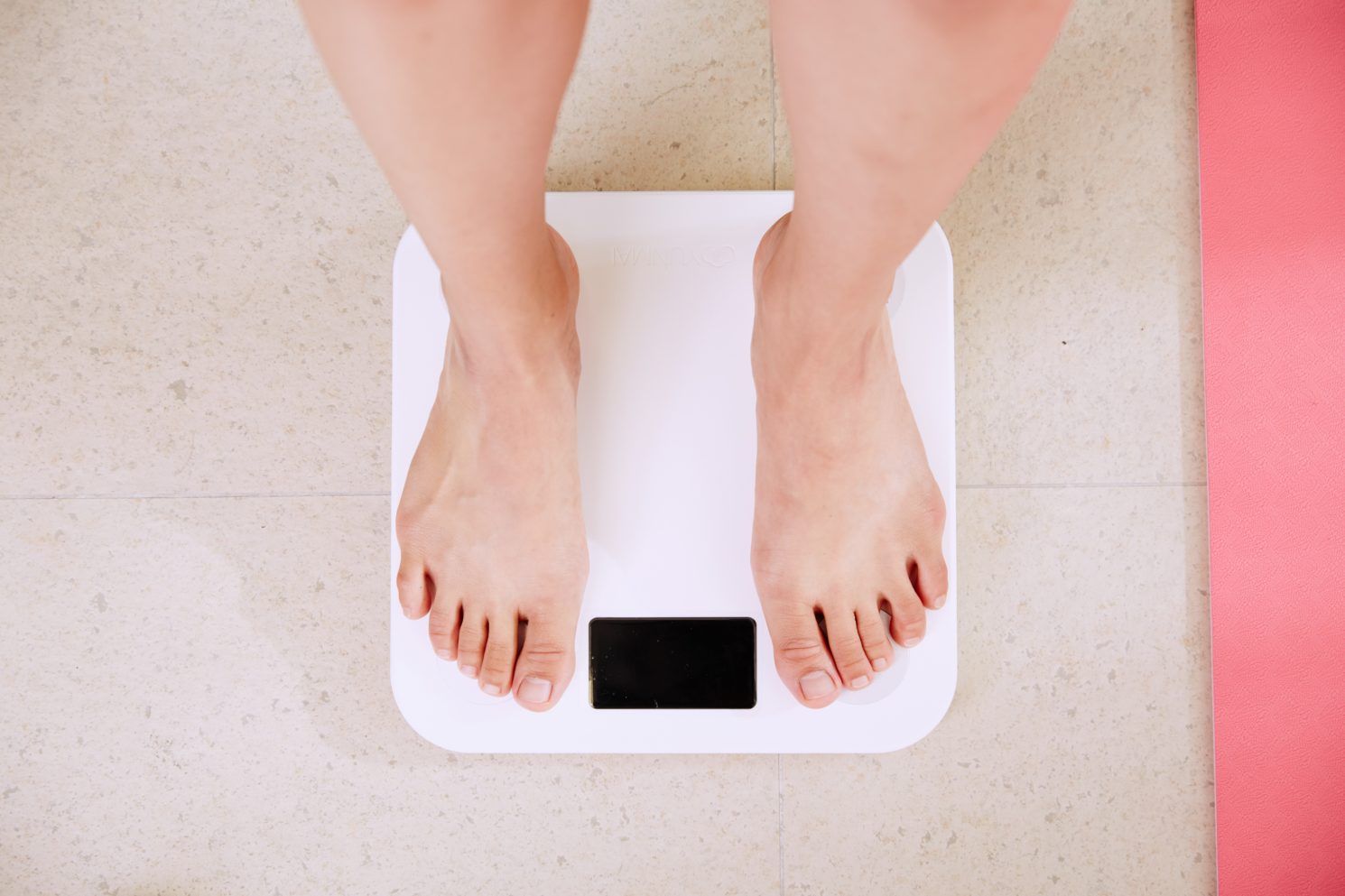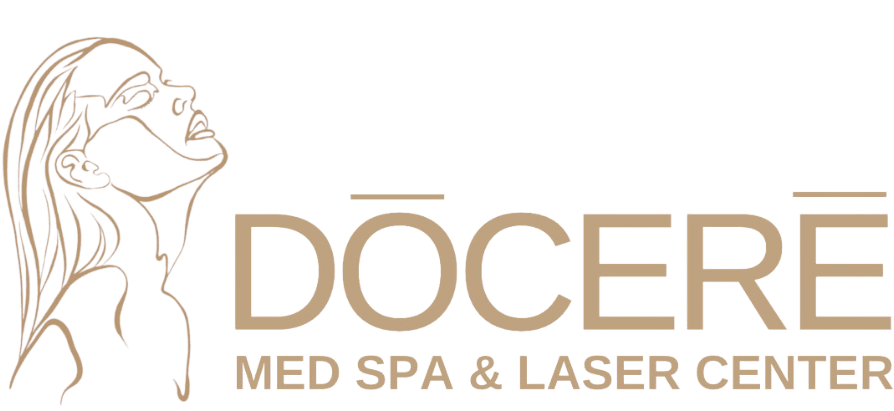
- admin
How to Get Started or Re-Ignite a Weight Journey
Weight loss and body image are not easy topics to discuss and work through. A little bit of guidance to kick-start the process can be nice to have; at least it’s something more helpful than that family member’s comments about how much weight you’ve gained, or how you need to eat more.
Those comments certainly don’t help most of us. So, here is our quick step-by-step guide to beginning or maintaining a weight journey (which can mean either weight gain or loss). This quick guide is based on several theories/principles of emotion, behavior, and motivation.
Schedule a Free Consultation
Step 1: “Pre-Goal Setting”/Identifying Your Long-Term Goal
Evaluate what it is you would like your overall outcome to be. I.e., to fit into that polka-dot bikini, certain pant size, drop those stubborn 10 pounds, feel more healthy/energetic, etc. Write that down and keep it at the forefront of your mind.
Step 2: “Self-Monitoring”
Take three days to a full week (more is better in this situation) to record what you are currently doing diet and physical activity-wise. Don’t make any changes, just yet. Self-monitoring is a step that will take some extra effort, because we’re all busy and it can be hard to track ourselves throughout the day. However, this is worth it! Track via paper-and-pen/pencil, smartphone apps (MyFitnessPal, Lose It!, Samsung Health, Fitbit app), using wearables (Fitbit, Apple Watch, Garmin), from a desktop/laptop (in Microsoft Excel, on a Gmail calendar), on a paper calendar, taking pictures of meals, snacks, and drinks, whatever form works best for you and your lifestyle.
Make it work for you and not against you. As annoying as it might be, it is a critical step in this process. Adding in time of day, mood, and/or setting is also very beneficial info that can add to what we can work with from this step.
Step 3: “Problem-Solving”
Review your record from the last 3-7 days and determine:
A. Where you can scale back if weight loss is the goal / add to portions if weight gain is the goal (Hint for weight loss: alcohol, sugar-sweetened beverages, and desserts/snacks are often easy places to cut back first; for weight gain, there are some healthy ways to boost calories through snacks or more frequent meals, *Although it may be tempting, I am not recommending increasing your alcohol intake*).
B. Where/how you may be able to slowly increase or change up your physical activity. Consider walking at least 10 minutes on a lunch break.
C. Your triggers to eating / not exercising. (I.e., in a sad mood, watching Netflix, too tired, too busy with work).
From here, you can see where your specific problems might be and attack those.
Step 4: “Goal-Setting”
Make your goals clear. SMART goal setting can come in handy here
- Specific
- Measurable
- Action-Oriented
- Realistic
- Time-Based
These goals should be evaluated by whoever creates them on a scale of 0-10, 0 meaning no confidence and 10 meaning complete confidence. If the person rates the goal a 7-10, then the goal is said to be realistic. If any lower than 7, the goal needs to be adjusted to be more realistic.
Do this: ”This week, I will walk after work 3 different days for 30 minutes each time I walk.” This goal is specific with something that can be measured (whether recording what you do in a calendar/using an app or wearable), is set to occur this week with a time for the activity, and if the person feels he/she can do this, then it’s also realistic.
Not this: “I’ll run more.” It’s not very specific, measurable, or time-bound, which makes it hard to be actionable and realistic.
Step 5: “Stimulus Control” / “Cognitive Restructuring”
These two techniques are grouped together, but different tools. Stimulus Control involves breaking an association. For example: try to buy a single-serve or smaller portion bag of chips if you want chips, instead of buying the large size. This will cause you to have to first: decide if you really want chips and then: control portion size. Going back to your record of behavior from Step 2, do you see a pattern with the time of day, environment, or mood? These could all be stimuli to eating behaviors. A very simple example is always eating a snack at 3 pm. These are small but helpful, things to look for and adjust.
Cognitive Restructuring requires paying attention to thoughts and breaking that negative self-talk, which can be one downfall to any well-thought-out plan. A common example of weight loss is chalking a whole day up to a “bad eating day” just because a person ate one dessert item. Eating one thing that might not be considered “healthy” does not constitute throwing away all the other effort that’s been put towards weight loss. Watch for overgeneralizations and labeling things as “good” or “bad, so those thoughts can be corrected and turned into more positive, goal-promoting thoughts.
Step 6: Seeking Professional Guidance/Advice
Look into visiting with a professional (Registered Dietitian, Psychologist, Behavior Analyst/Therapist, Physical Therapist, Health Coach, Personal Trainer, etc) depending on your area of need. These professionals can equip you with the science-based tips and the base knowledge in their fields that you need to achieve the small goals, leading to that overarching goal. Hint: If you see a Dietitian, bring your record from Step 2 along with you, this will greatly help the RD and make the process more efficient for you so you’ll get more for your money in your session.
Step 7: Re-Evaluating
Look back at what you’ve done and your short-term goals. This will help to set new goals and determine whether the first goals were realistic, too easy, or too ambitious. There should be a consistent check-in to evaluate progress and adjust short-term goals, no matter what the end goal. From check-in’s, you can decide whether you also need a follow-up session with any of the professionals mentioned in Step 6.
Keep in mind, this is a cyclic process and not meant to be a 30-day crash diet (Those things never work!). It’s listed in a step-by-step format in order to avoid an irrational recommendation to try to make all of these things happen at the same time. Each should be done separately to stay away from an overwhelming situation, but lead you to be able to do most or all of these, one day. As listed above, there are so many ways to get started or re-focus, and so many different people who are able to help in the journey (including family, friends, and other life cheerleaders).
Create the lifestyle you want by choosing to make some of these changes today! For more information, or to create an appointment to meet with a Registered Dietitian and discuss nutrition today, call Docere at 440-238-3331.
Schedule a Free Consultation
